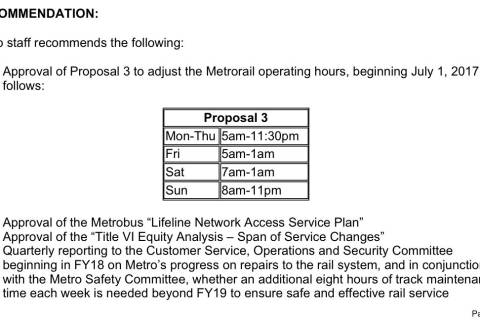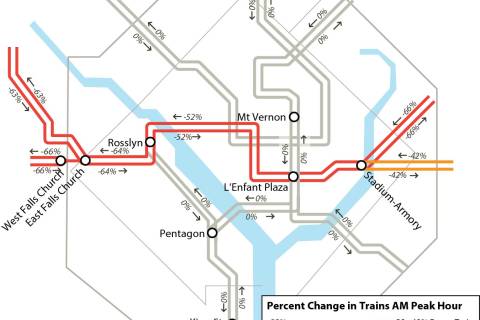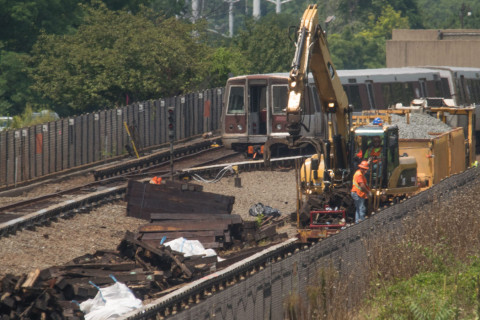WASHINGTON — Metro needs $25 billion over the next 10 years just for needs such as basic safety compliance, repairs, technology upgrades and projects to deal with overcrowding, according to the agency’s first solid estimates on the issue.
The number could vastly underestimate what Metro actually faces, since the Capital Needs Inventory is only based on the age of Metro’s assets rather than their actual condition. In several cases, Metro has found parts of the system were not maintained as they should have been.
Metro plans to evaluate the actual conditions of all parts of the system by 2018, which would lead to more accurate information on what must be replaced, when and at what cost.
Out of the estimated $25 billion, about $17.4 billion is for “state of good repair” upgrades such as power, lighting and ventilation fixes directed by federal safety investigators, new rail cars, track work, buses and station improvements.
Another $6.5 billion is for assets that have “already exceeded their useful life” across the Metrorail, Metrobus and MetroAccess systems.
Metro acknowledges that this is a wish list, not an accounting of what can actually be done. The wish list is not even factored into the newly proposed capital budget for the year starting in July because so many other projects are already included.
While the full details of that $7.2 billion, 6-year capital plan are not yet public, documents prepared for the Metro Board indicate it is focused on projects already in place such as major track work, increased delivery of the new 7000 Series rail cars, continued work on required radio upgrades, replacement of old buses and other repairs.
The plan would establish a new program to evaluate major capital projects, including several that had been close to moving forward in the past.
Now, the capital proposal calls for putting off major work to deal with water constantly leaking into the Red Line tunnel near Bethesda for development and evaluation. It identifies the development of a plan as a key achievement that could be reached in the next six years.
Other projects that would be analyzed over that period include improvements to Red Line stations downtown to deal with crowding, the next round of new Metro rail cars, and improvements for tunnel ventilation fans so that they actually clear smoke in emergencies.
Unlike the Capital Needs Inventory wish list, the capital spending plan acknowledges both regional funding constraints and what Metro actually believes it can deliver.
In the past, Metro had requested more money than it could actually use on projects. This year, the Metro Board had to add money to the capital budget to pay for increased track work, and for the arrival of more 7000 Series rail cars than expected. Since it was not in the original budget, Metro plans to borrow $150 million that the jurisdictions will repay beginning July 1.
The region’s jurisdictions will need to agree by then on a new overall capital funding agreement that outlines who will pay what. The current agreement expires June 30.







